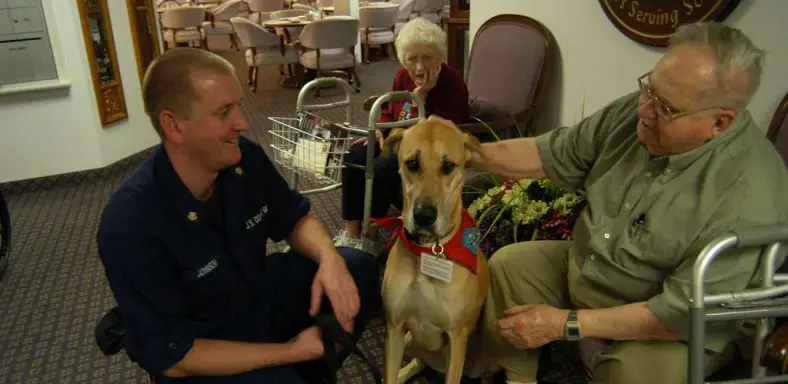Dogs are amazing animals that can provide us with companionship, love, and deep pressure therapy. Deep pressure therapy is a type of treatment that uses constant pressure to stimulate the nervous system.
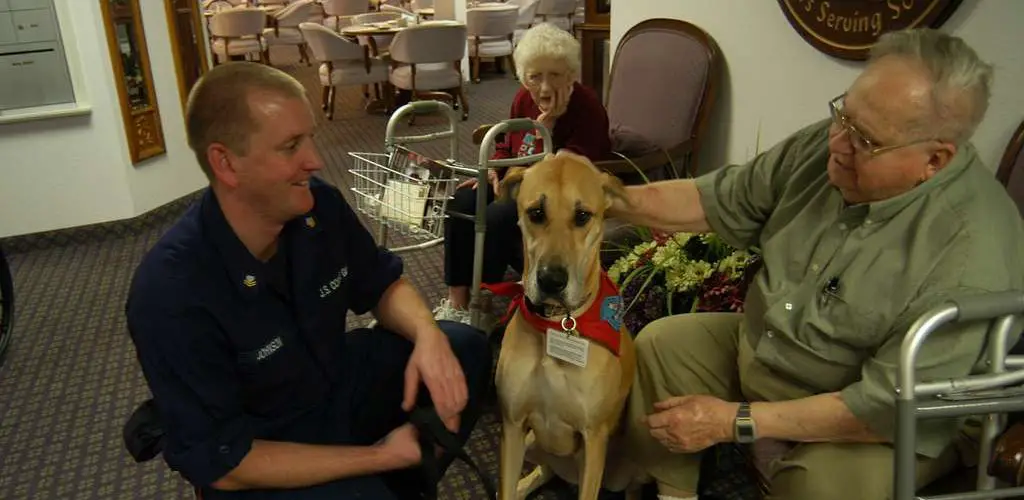
This therapy can benefit people with conditions like autism spectrum disorder, attention-deficit hyperactivity disorder (ADHD), and sensory processing disorder. Dogs can be taught to provide deep pressure therapy by providing gentle pressure on the person’s body. This blog post will discuss how to train a dog to do deep pressure therapy.
Contents
Why Train a Dog to Do Deep Pressure Therapy?
There Are Many Reasons You Might Want to Train Your Dog to Do Deep Pressure Therapy. Some of the Benefits of This Type of Therapy Include:
- Improved sensory processing
- Reduced anxiety and stress
- Decreased symptoms of ADHD and autism spectrum disorder
- Improved communication skills
- Increased feelings of calm and relaxation.
A Step by Step Guide on How to Train a Dog to Do Deep Pressure Therapy
Step 1: Start With Basic Obedience Commands.
Before you can begin training your dog to do deep pressure therapy, you must make sure they are obedient and responsive to basic commands such as sit, stay, come, and down. This will be essential to keep them safe and under control while performing the therapy.
Some dogs are inelegant and need more direction for deep pressure therapy. If your dog falls into this category, start by teaching them how to lie down. Once they are comfortable with this command, you can gradually introduce them to being on top of you.
But if your dog is quick to learn and responds well to commands, you can begin training them to do deep pressure therapy. Start by teaching them how to lie down on top of you. Once they are comfortable with this, gradually introduce them to being on top of you for a longer period of time.
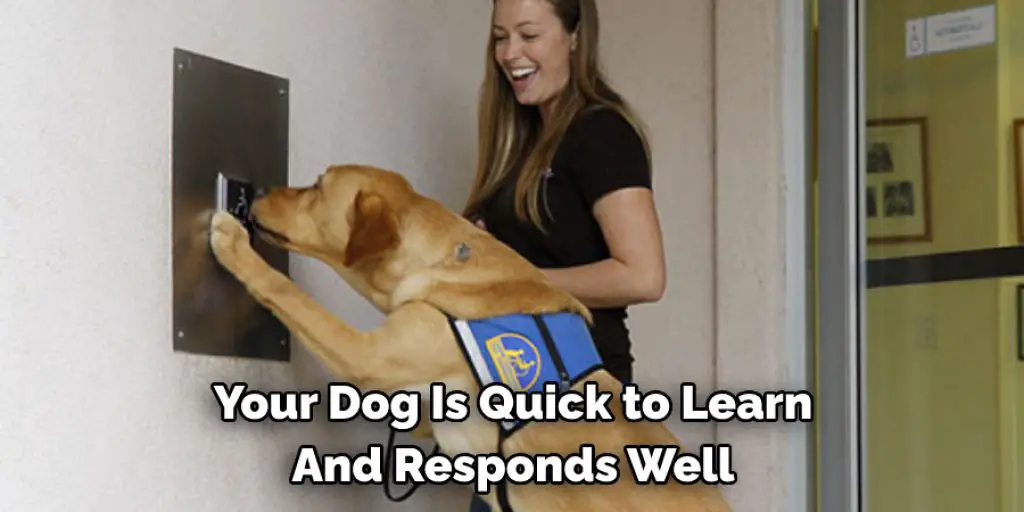
Step 2: Associate the Therapy with A Cue.
Once your dog responds obediently to basic commands, you will need to start associating the deep pressure therapy with a cue. This could be a word or sound such as “press” or “thunder.” Be sure to consistently use the cue to ensure that your dog understands what you want them to do
If your dog doesn’t understand what you want them to do, you may need to start by teaching them basic obedience commands. Please make sure they are obedient and responsive to commands such as sit, stay, come, and down before you begin training them to do deep pressure therapy. Then, if you’re ready to move on, go to the next section.
Step 3: Associate the Therapy With a Positive Reward
Now that your dog is comfortable with the therapy, it’s time to start associating it with a positive reward. For example, give your dog a treat or pet her when performing the therapy correctly. This will help her learn that doing the therapy is a good thing and encourage her to do it more often. Be sure to consistently reinforce the behavior each time they do the therapy correctly, so they will continue to respond eagerly.
If you’ve followed these steps and your dog still doesn’t respond to the therapy, it may be time for a veterinary exam. Although this step is not needed in all cases, some animals have physical or mental limitations, making deep pressure therapy difficult at best. If your vet determines that this is the case, they can prescribe medication or recommend any other treatment necessary to alleviate their pain.
However, if your pup’s behavior indicates how much they enjoy the therapy or how well they respond to commands such as sit-stay, come down, and lie on top of me while I’m lying down, then don’t worry! You need more patience with them–or perhaps change how you deliver it so that it becomes more enjoyable for them.
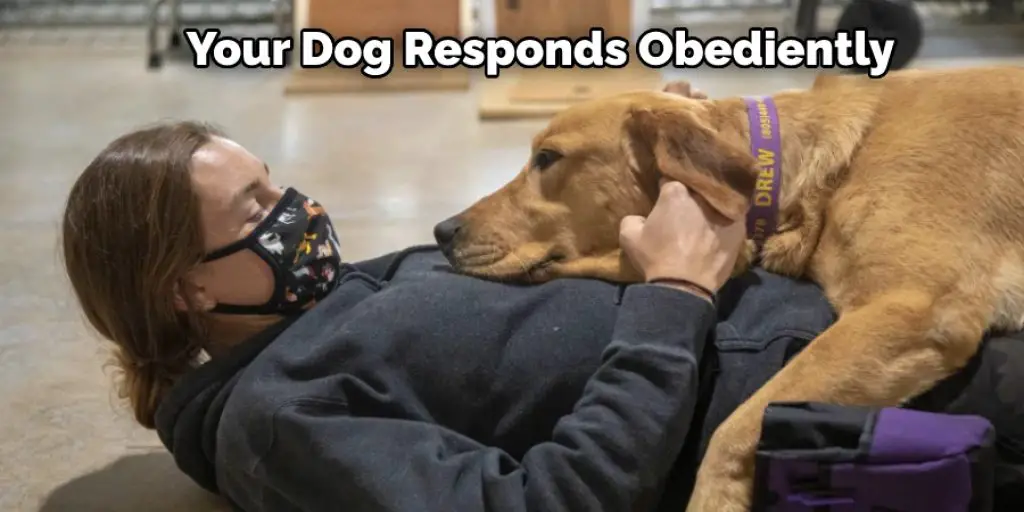
Step 4: Gradually Increase the Duration of The Therapy Sessions
As your dog becomes more comfortable with deep pressure therapy, you can gradually increase the duration of the sessions. But always be sure to end positively, with plenty of praise and a reward. And if at any time your dog becomes overwhelmed or agitated, be sure to stop the session immediately.
Be sure not to pressure your dog into doing the therapy. For example, suppose they seem resistant or frightened; back off and try again later. Remember that patience and positive reinforcement are key when training your dog.
When training your dog to do deep pressure therapy, it’s important to be patient. They may not understand what you want them to do at first, but with time and patience, they will eventually get the hang of it.
Always be sure to reinforce good behavior with praise and a treat, and if they become overwhelmed or agitated during a session, stop immediately. With patience and positive reinforcement, your dog will eventually learn to do deep pressure therapy correctly and enjoyably. If you want to know more about how to train a dog to do deep pressure therapy, keep reading.
Step 5: Use The Therapy in Emergencies
If your dog ever becomes agitated or stressed, you can use deep pressure therapy to calm them down. Have them perform the therapy for a few minutes until they relax. This can be a lifesaver in emergencies when your dog is agitated, and you need to get them under control right away.
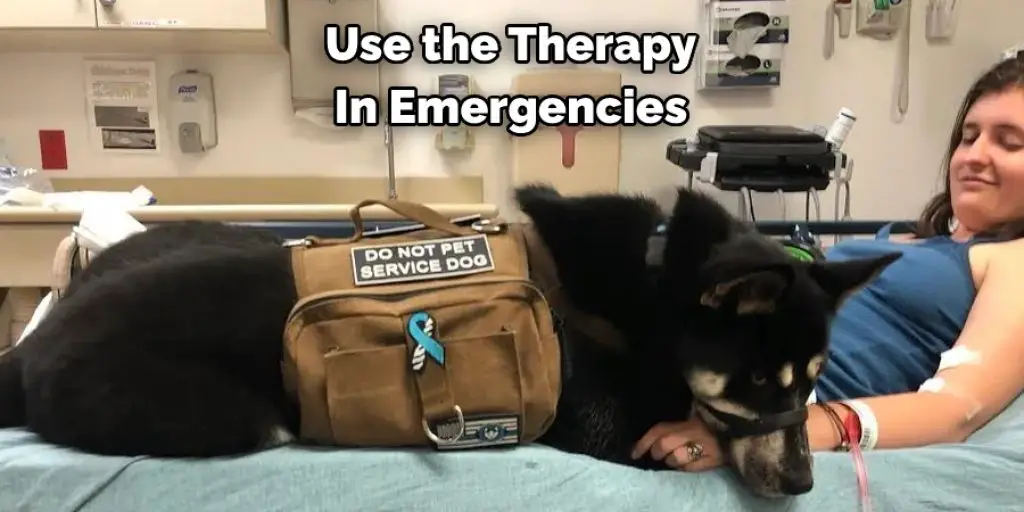
Step 6: Be Patient and Consistent
Training a dog to do deep pressure therapy can be a lot of work, but it’s worth it. Be patient and consistent with your training, and you will soon have a dog that loves to do the therapy and is calm and relaxed under pressure.
Step 7: Reward your dog for laying on the pressure pad
Once your dog is comfortable with the pressure pad, start rewarding them for lying on it. This will help reinforce the behavior and make sure they continue to enjoy it. You can give them treats, play with them, or pet them and show them how happy you are that they’re using the pressure pad.
With patience and persistence, you can train your dog to do deep pressure therapy and help them feel calm and relaxed. By following these steps, you can create a perfect treatment plan for your furry friend. Keep reading for more information about how to train a dog to do deep pressure therapy.
Frequently Asked Question
Is Deep Pressure Therapy a Service Dog Task?
There is no definitive answer, as the task of deep pressure therapy may vary depending on the individual dog’s needs. However, providing deep pressure therapy can be a valuable service dog task for many dogs.
If you are interested in training your dog to provide deep pressure therapy, start by working on basic obedience commands and then gradually introduce the task of providing deep pressure therapy. Be patient and consistent with your training, and always reward your dog for good behavior.
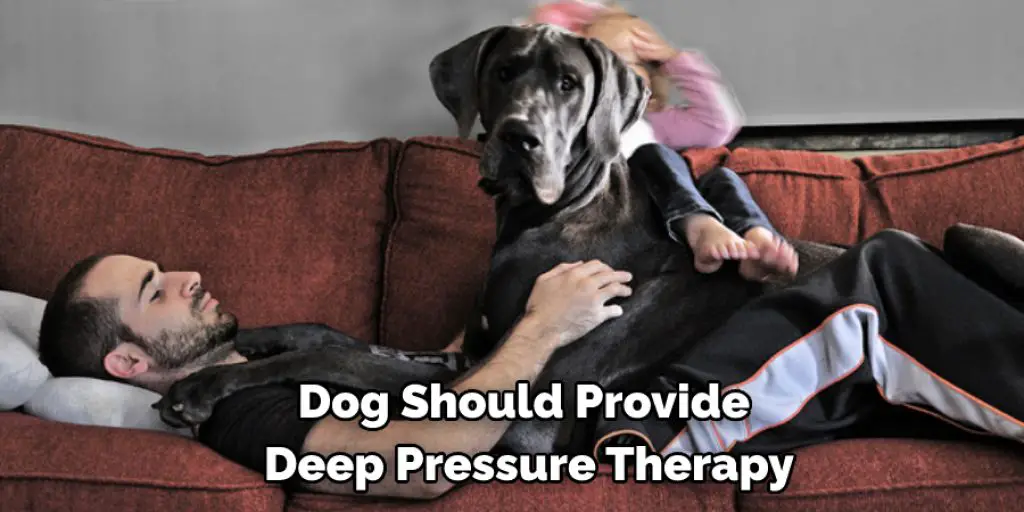
How Do You Do Deep Pressure Therapy?
To provide deep pressure therapy, you will need to position your dog to lie down on its side. Then, gently apply pressure to your dog’s back by leaning against them. Hold the pressure for a few seconds, then release. Repeat this process several times. Always reward your dog for good behavior.
Why Is Deep Pressure Therapy Beneficial?
Deep pressure therapy can benefit dogs who experience anxiety, stress, or fear. The gentle pressure provided by the dog’s body can help to calm and soothe the dog. Deep pressure therapy can also promote feelings of safety and security. If your dog experiences these issues, consider training them to provide deep pressure therapy.
Can Small Dogs Do Deep Pressure Therapy?
Yes, small dogs can provide deep pressure therapy. However, you may need to adjust the amount of pressure you apply, as smaller dogs may not be able to withstand as much pressure as larger dogs. Be patient and consistent with your training, and always reward your dog for good behavior.
Should I Crate Train My Service Dog?
There is no one-size-fits-all answer to this question as to whether or not to crate train your service dog will depend on your individual dog’s needs and temperament. However, crate training can be a valuable tool for many service dogs.
If you are interested in crate training your service dog, start by working on basic obedience commands and then gradually introduce the task of crate training. Be patient and consistent with your training, and always reward your dog for good behavior.
What Should the Psychiatric Service Dog Do when The Handler’s Anxiety Rises?
If the handler’s anxiety rises, the psychiatric service dog should provide deep pressure therapy and remain calm and focused. The dog should also remain in a down position until the handler is ready to resume working.
What Tasks Can a Service Dog Do for Anxiety?
A service dog can provide many valuable tasks for a person with anxiety. These tasks include providing deep pressure therapy, remaining calm and focused, and remaining in a down position until the handler is ready to resume working.
Conclusion :
Dogs are amazing creatures that can provide us with much love and support. And, as it turns out, they can also help us cope with anxiety and stress. So, if you’re looking for a way to reduce your stress levels, consider training your dog to do deep pressure therapy.
It may take some time and effort, but the payoff is worth it! Thanks for reading our post about how to train a dog to do deep pressure therapy.
check it out to Train a Dog That Doesn’t Like Treats

